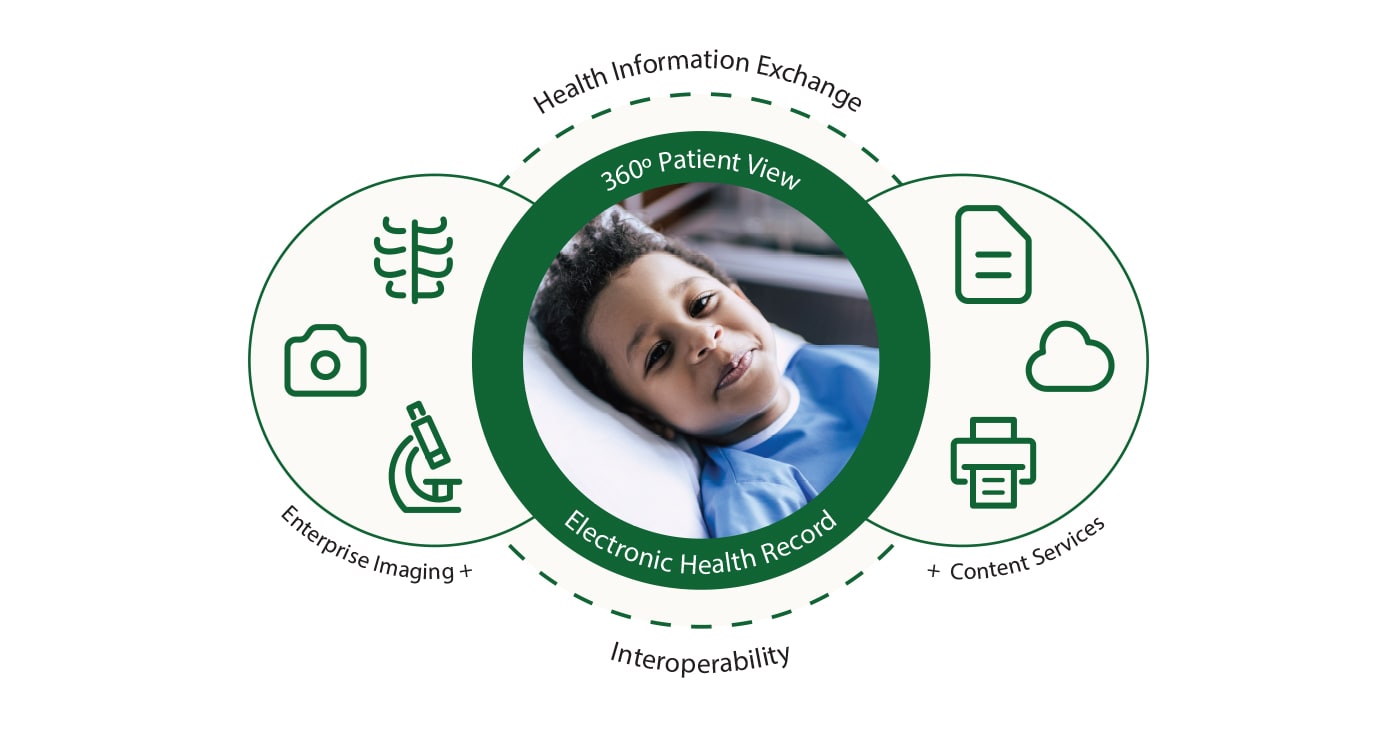Just How to Carry Out Healthcare RCM for a Smooth Income Cycle
Just How to Carry Out Healthcare RCM for a Smooth Income Cycle
Blog Article
Discover Just How Medical Care RCM Processes Transform Administrative Tasks Into Seamless Operations
In the ever-evolving landscape of health care, Earnings Cycle Administration (RCM) processes have emerged as a pivotal pressure in changing administrative tasks right into smooth operations. By utilizing sophisticated technology and fine-tuned techniques, RCM supplies an innovative approach to handling person enrollment, billing, and claims handling. These advancements not just decrease mistakes and boost performance yet also accelerate capital and raise patient contentment. Nevertheless, what exists below the surface area of this transformative change? What complex devices and techniques are used to ensure such seamless integration? The response to these questions are essential for understanding the future of healthcare administration.
Understanding Health Care RCM
Revenue Cycle Management (RCM) in healthcare is a critical process that makes sure the economic health of clinical institutions by managing the entire lifecycle of patient solution income. It integrates different management and medical functions, beginning from the first organizing of a medical appointment to the eventual collection of payment for solutions rendered. Healthcare RCM. RCM is critical in managing the complexities of payment and reimbursements, guaranteeing that doctor obtain settlement for their solutions effectively and accurately
A thorough understanding of RCM entails acknowledging the numerous elements that make it effective. Key elements include individual scheduling, insurance policy verification, cost capture, claim submission, and payment posting. Each of these aspects requires precise focus to detail and robust systems to alleviate errors that could result in earnings loss. Additionally, RCM is not only regarding financial collections; it also aims to boost person complete satisfaction by lowering invoicing mistakes and enhancing transparency.
The performance of RCM rests upon the smooth integration of technology and personnel proficiency. Employing innovative software program options makes it possible for health care establishments to automate repetitive tasks, thereby decreasing administrative problems. In addition, trained personnel are vital in browsing regulative demands and payer plans, making certain compliance and optimizing profits recovery.
Streamlining Client Registration
Enhancing patient enrollment is a fundamental step in improving the performance of healthcare profits cycle administration. It involves optimizing the preliminary interaction in between people and healthcare companies to make certain a smooth information collection process.
Automated systems help in verifying insurance eligibility in real-time, which not only reduces management problems yet also enhances person complete satisfaction by protecting against unanticipated invoicing problems. Furthermore, pre-registration processes allow clients to full types on the internet before their browse through, reducing wait times and enabling personnel to focus on more facility tasks. This positive method guarantees that all required details is accumulated and verified before care is supplied, thereby protecting against hold-ups in succeeding payment and claims processes.
Training personnel to use these systems efficiently is crucial. It guarantees that information entrance is constant and precise, promoting a smooth shift from client registration to other income cycle procedures. Inevitably, enhancing client enrollment lays the foundation for a more reliable, patient-centered medical care delivery design.
Reliable Billing Solutions
Efficient invoicing remedies are important to enhancing healthcare revenue cycle administration. They work as the foundation for making sure exact and timely financial deals in between patients, medical care companies, and insurance provider. By leveraging sophisticated modern technology and structured procedures, health care centers can significantly lower payment mistakes, minimize hold-ups, and boost cash money flow. Implementing durable invoicing systems assists in specific charge capture, making certain all services rendered are represented and billed appropriately. Automation tools can fix up payment data with scientific records, minimizing discrepancies and preventing case denials.
Additionally, effective billing options equip doctor to provide transparent prices and billing details to clients, fostering trust fund and improving individual fulfillment. Real-time payment systems allow health care team to provide immediate feedback on client qualification and out-of-pocket costs, enhancing the overall individual experience. These options additionally enable seamless assimilation with digital health records (EHR), making certain that invoicing and scientific info remain in sync, decreasing management burdens on health care carriers.
Including reliable billing services right into the income cycle monitoring framework not only optimizes functional effectiveness but also reinforces monetary performance. By lessening errors, increasing repayment cycles, and enhancing patient interaction, medical care organizations can concentrate a lot more on providing high quality care while maintaining economic sustainability.
Optimizing Insurance Claims Handling

In the world of health care earnings cycle administration, maximizing insurance claims processing is essential for maintaining financial wellness and functional effectiveness. A structured claims procedure decreases the time between service delivery and settlement, consequently enhancing cash money flow and lowering the probability of mistakes. Efficient claims refining starts with accurate documentation and coding, which are important to ensure that claims are submitted without discrepancies that could result in denials or delays.
Leveraging sophisticated innovation, such as automated cases monitoring systems, can significantly enhance the effectiveness of this process. These systems are designed to automate repetitive tasks, track claims with each phase, and flag prospective concerns early. This not only lowers the administrative worry on personnel yet also raises the accuracy of submissions by minimizing human mistake.

Enhancing Profits Collection

Furthermore, rejection management plays a crucial duty in making the most of earnings collection. Determining patterns in insurance claim denials, recognizing origin reasons, and carrying out corrective activities can considerably minimize recurring issues, thereby boosting capital. Service providers ought to purchase durable analytics tools that promote comprehensive coverage and analysis, enabling them to deal with and remedy rejection trends promptly.
Timely follow-up on exceptional claims is one more vital element of income collection. Establishing an organized technique to keep an eye on and pursue aged accounts ensures that no profits is left unclaimed. Utilizing dedicated team or automated systems to track these claims can boost effectiveness and guarantee consistent money inflows.
Final Thought
Healthcare Earnings Cycle Administration (RCM) procedures significantly improve administrative efficiency by incorporating innovative modern technology and human proficiency (Healthcare RCM). The automation of client enrollment, invoicing, and claims processing increases and lowers errors money circulation, ultimately improving person complete satisfaction with real-time insurance confirmation and transparent invoicing. By ensuring seamless operational flow, RCM permits doctor to focus on quality treatment while optimizing revenue healing and keeping economic security, thus changing administrative jobs into reliable, structured operations
Earnings Cycle Monitoring helpful hints (RCM) in healthcare is an essential process that makes certain the monetary health of medical establishments by looking after the entire lifecycle of client solution income.Improving patient registration is a basic step in improving the effectiveness of healthcare revenue cycle monitoring. It includes optimizing the initial communication in between clients and go now healthcare suppliers to guarantee a smooth information collection process.In addition, effective invoicing services encourage health care carriers to supply transparent rates and payment information to clients, promoting count on and boosting individual complete satisfaction. Real-time invoicing systems make it possible for medical care personnel to give instant responses on person qualification and out-of-pocket costs, boosting the total person experience.
Report this page